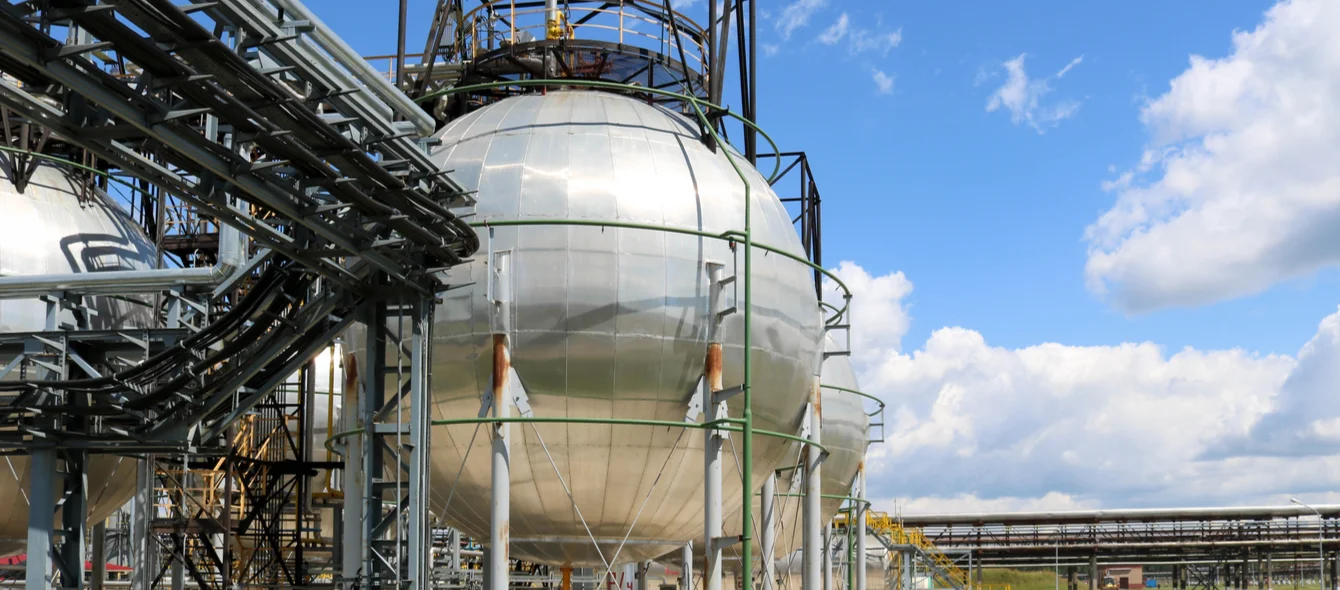Ammonia is one of the most commonly produced chemicals in the world. In fact, it is hard to imagine modern life without it, particularly in its application as a raw material for fertilisers. However, the compound is exceedingly energy-intensive to make, which also has a knock-on effect on emissions: about one percent of global CO2 is emitted when manufacturing the chemical. And yet, it is also possible to produce the gas sustainably using renewable energy. The potential applications for green ammonia are manifold: it can be used both for energy storage and delivery and also as a carbon-neutral fuel, e.g. in shipping.
The necessary technologies are still being developed (as reported by en:former). However, a cooperation project in Denmark has its sights set on building the first commercial-scale green ammonia plant in the world by 2022. Investment company Skovgaard Invest, a player in the regional energy sector among other things, initiated a partnership with wind turbine manufacturers Vestas and catalyst specialists Haldor Topsoe. The three Danish companies plan to combine several technologies in their project.
The existing on-site wind and solar plants will serve as a basis for the project. In West Jutland, on the west coast of the Danish peninsula, onshore wind turbines with a capacity of 12 megawatts (MW) stand at the ready and an additional 50 MW of solar capacity are also on the way. Both systems will complement each other as energy sources and supply the necessary electricity to power an electrolyser unit developed by Vestas, which will produce green hydrogen based on water electrolysis. Since no emissions are produced during the manufacturing process, it is considered carbon neutral. The green hydrogen bonds with the nitrogen that has been separated from the air to form ammonia in a catalyst designed by Topsoe. Given that the raw materials and necessary energy are renewable, the ammonia is also rated as green or carbon neutral.
The pilot plant is expected to produce a total of 5000 metric tons of the chemical every year using renewable electricity – thus saving around 8200 metric tons of CO2. Since wind and solar energy plants rarely run at maximum load, the capacity of the production plant is less than its installed capacity. It will be 10 MW in total. The site, comprising of wind turbines, solar modules and the pilot plant itself, will be connected directly to the national grid, allowing the wind turbines and PV modules to also temporarily feed potential surplus power into the grid, if more energy is generated than is needed to synthesise the gas. In this way, the complex will not only produce e-fuels, but also electricity.
Plant to react to fluctuations
Fluctuations due to the renewable nature of the electricity are the biggest challenge facing the project. The plant is therefore designed to respond dynamically to these inherent changes. A smart control system, which is already used in so-called hybrid ammonia production plants, is at the heart of this technology. These hybrid plants rely on a mixture of methane and renewables-fuelled electrolysis to produce the necessary hydrogen for the catalyst.
The project in West Jutland produces and uses nothing but green hydrogen to make its ammonia. The ammonia plant itself will also be exclusively powered by electricity from renewable sources. The combination of wind and solar energy is intended to reduce standstill phases, due to lack of available power. “With the innovations in this project, we are pushing the limits for how fluctuating renewable energy is used,” says Kim Grøn Knudsen, Chief Strategy & Innovation Officer at Haldor Topsoe.
Complementing green hydrogen
Although green hydrogen is already thought of as a beacon of hope for the energy transition in many fields, green ammonia is still relatively unknown. Yet, the project partners are convinced of its potential: “We see many potential offtakers, for example within agriculture, the marine industry, and export potential out of nearby ports. We expect this to be the first plant out of several in West Jutland,” says Jørgen Skovgaard of Skovgaard Invest.
Ammonia could one day complement the hydrogen economy – but there is still a long way to go. Similarly to hydrogen, producing green ammonia is currently much more expensive than conventional ammonia, which is based on fossil fuels – such as, in this case, natural gas. However, Kasper Roed Jensen, Vice President in Vestas Innovation and Concepts, emphasises: “This project highlights the viability of electrification beyond the power sector.” The project is also expected to provide important insights for the technology, paving the way for larger turbines.
